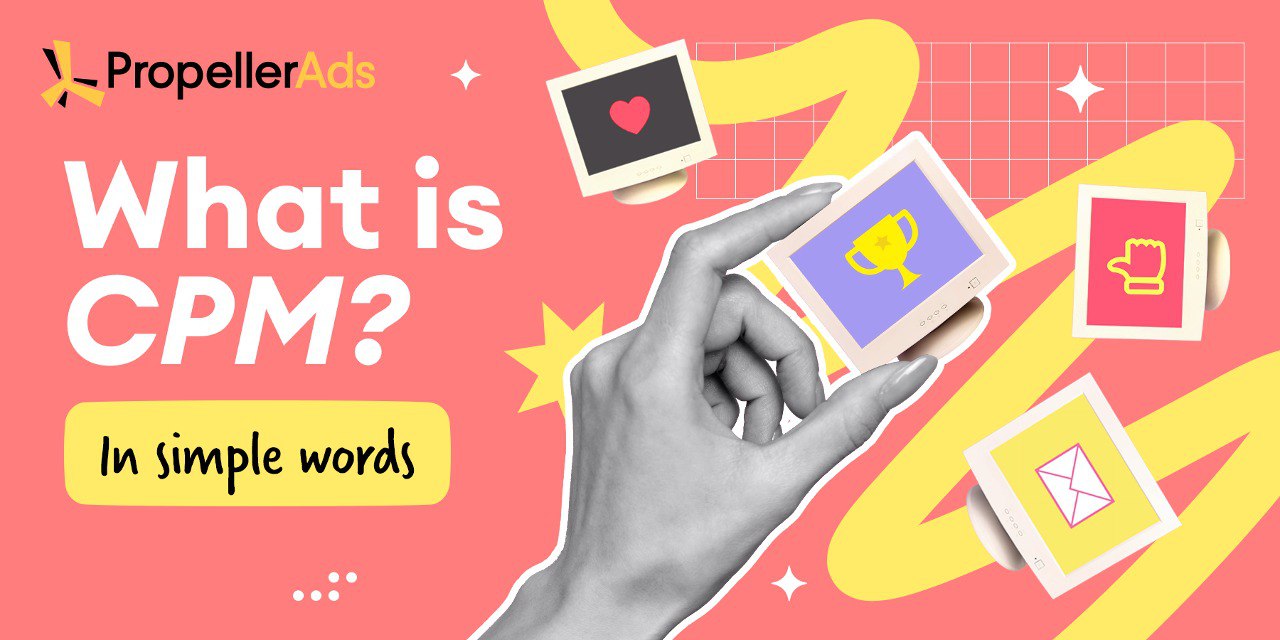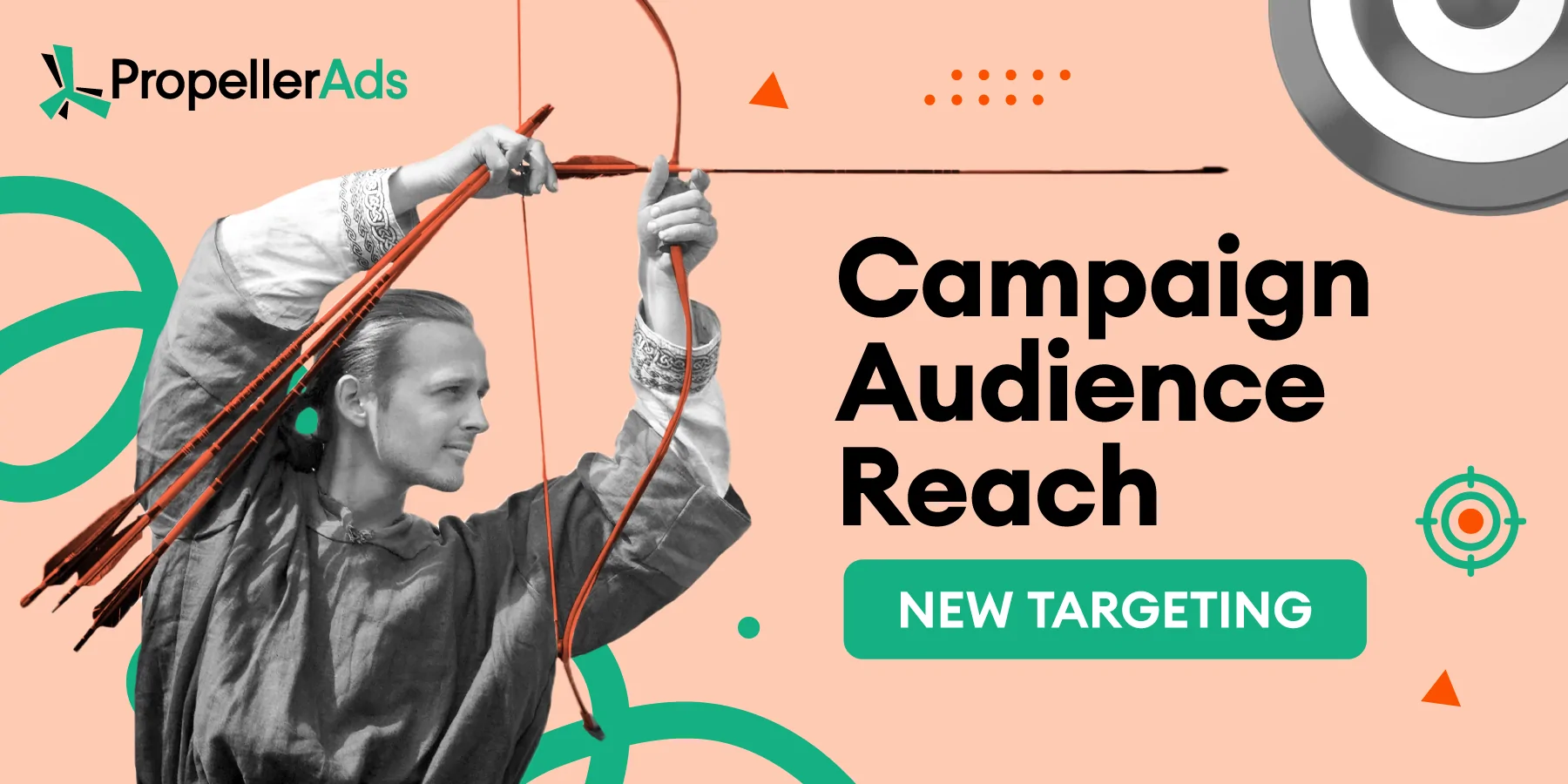What Is a CPM (Cost-per-Mille) Payment Model?

This post is also available in:
ES
Welcome to the world of CPM, also known as Cost-per-Mille or Cost-per-Thousand. It’s a popular advertising model where you pay for every thousand impressions your ad receives, regardless of clicks or conversions. If you’re looking to boost brand awareness and reach a wide audience, CPM is going to be your new best friend.
But before you can use CPM in all its glory, we’ll need to down the basics of CPM, show you how to make the most of this impression-based model, and talk about the best ways you can optimize your CPM campaigns and achieve greater visibility.
What is CPM
CPM, also called Cost Per Mille or Cost Per Thousand, is a payment model where advertisers pay a fee for every thousand impressions (or views) their ads receive. Think of it like renting a billboard on a busy highway – you pay for the exposure to thousands of passing cars, regardless of whether they stop to read your message or take action.
In digital advertising, an “impression” happens every time your ad is displayed on a website, app, or other online platform.
CPM vs. Other Models
How does CPM differ from other payment models like CPC (Cost-per-Click) or CPA (Cost-per-Action)?
- CPC: Advertisers pay only when someone clicks on their ad, regardless of how many times it’s been viewed.
- CPA: Advertisers pay only when a specific action, like a purchase or lead generation, is completed after clicking on the ad.
- CPM: Advertisers pay for every thousand impressions, regardless of clicks or conversions.
While CPC and CPA focus on driving specific actions, CPM prioritizes exposure and brand awareness. It’s a great way to get your message in front of a large audience and increase brand visibility.
The CPM (Cost-per-Mille) Formula
Understanding the cost structure of CPM is essential for budgeting your advertising campaigns effectively. Thankfully, the CPM formula is straightforward and easy to grasp:
CPM = (Total Cost / Total Impressions) * 1000
Let’s break it down:
- Total Cost: This is the total amount of money you spend on your CPM advertising campaign.
- Total Impressions: This represents the total number of times your ad is displayed to users.
- 1000: This multiplier is used because CPM is calculated per thousand impressions.
For instance, if you spend $500 on a CPM campaign and generate 50,000 impressions, your CPM would be:
CPM = ($500 / 50,000) * 1000 = $10
Factors Affecting CPM Rates
While the CPM formula is simple, several factors can influence the actual CPM rates you’ll encounter:
- Ad placement: Premium ad placements, such as those on high-traffic websites or in prime positions on a page, typically lead to higher CPMs.
- Targeting: Targeting specific demographics, interests, or behaviors can increase your CPM since you’re reaching a more niche and potentially valuable audience.
- Website quality: The overall quality and reputation of the website where your ad is displayed can also affect the CPM. Premium publishers often charge higher rates.
- Ad format: Different ad formats may have varying CPMs. Video ads, for instance, tend to be more expensive than static banner ads because of their higher engagement potential.
- Seasonality and demand: CPM rates can fluctuate based on seasonal trends and overall demand for ad inventory.
What is CPM (Cost-per-Mille) in Marketing?
You might be wondering how CPM fits into the broader marketing and how you, as an affiliate marketer, can leverage it to your advantage. Also, is there any cost per mille example to look up for?
CPM is particularly popular for campaigns focused on brand awareness and reach. Think of it as casting a wide net to get your brand message in front of as many eyes as possible. It’s ideal for:
- Introducing a new brand or product: When launching something new, CPM helps you generate buzz and familiarize a large audience with your offering.
- Increasing brand recall: Repeated exposure through CPM ads can help solidify your brand in the minds of potential customers.
- Reaching a broad audience: If your target audience is vast and diverse, CPM allows you to cast a wide net and reach a large number of people at a relatively low cost per impression.
CPM’s Role in Affiliate Marketing
As an affiliate marketer, you can leverage CPM campaigns to increase your brand visibility and attract potential customers to your offers. By strategically placing your ads on high-traffic websites or platforms relevant to your niche, you can reach a large audience and generate interest in your products or services.
Remember, while CPM doesn’t directly track clicks or conversions, it plays a vital role in building brand awareness and establishing your presence in the market. By combining CPM campaigns with other performance-based models like CPC or CPA, you can create a well-rounded marketing strategy.
Advantages and Disadvantages of CPM
As with any advertising model, CPM comes with its own set of advantages and drawbacks. Let’s weigh the pros and cons so you can decide if it’s the right fit for your affiliate marketing strategy.
Advantages of CPM:
- Cost-effective for large-scale reach: If your goal is to reach a massive audience and increase brand visibility, CPM can be a cost-effective option. You pay a fixed rate per thousand impressions, allowing you to control your budget.
- Brand awareness and recall: Repeated exposure to your brand through CPM ads can help solidify your presence in customers’ minds.
- Simple tracking and measurement: CPM campaigns are relatively easy to track and measure. You can monitor the number of impressions your ads receive and analyze their reach and visibility.
Disadvantages of CPM:
- No guarantee of engagement or conversions: While CPM ensures your ads are seen by a large audience, it doesn’t guarantee that users will actively engage with your ads or take the desired action.
- Potential for ad blindness: With the abundance of online ads, users can become desensitized to them, leading to “ad blindness.” This means your CPM ads might be overlooked or ignored, even if they reach your target audience.
- Less Control over targeting: Compared to other models like CPC or CPA, CPM offers less control over precise targeting. While you can still target specific demographics and interests, you can’t guarantee that every impression will be from a highly qualified lead.
PropellerAds SmartCPM: Optimizing Your Impression-Based Campaigns
In CPM advertising, what really counts is maximizing impressions and visibility. Enter PropellerAds SmartCPM, an intelligent bidding tool designed to help you achieve just that.
SmartCPM is a cutting-edge bidding model offered by PropellerAds, a leading ad network known for its vast reach and diverse ad formats. It harnesses the power of machine learning to optimize your CPM bids in real time, ensuring your ads are seen by the most relevant audience at the most opportune moments.
Unlike traditional CPM bidding, where you set a fixed bid for every thousand impressions, SmartCPM dynamically adjusts your bids based on real-time data from various factors, including user engagement, ad placement, and competition.
Conclusion
CPM advertising shines when you want your brand to be seen by a large audience. It’s a fantastic way to introduce new products, boost brand recall, or simply make a big splash in a crowded market.
So, if you’re an affiliate marketer trying to get widespread exposure for your offers, CPM could be your ticket to success.
Come join us on Telegram for more insights and communications with fellow-affiliates!



